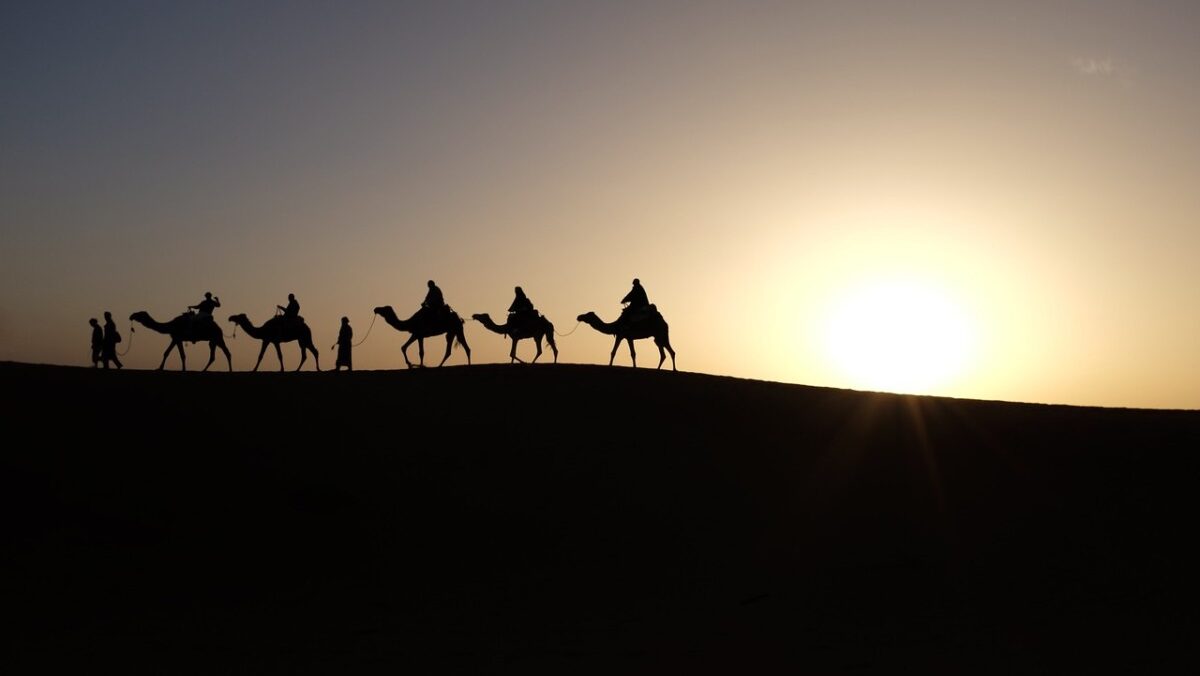Camels as Pillars of Kuwaiti Culture
The Incredible Influence of Camels in Kuwait’s Rich Heritage,Camels have played a vital role in Kuwait’s history, shaping the lives of its people and leaving a lasting imprint on its culture. Often called the “ships of the desert,” camels were more than just animals; they were companions, economic partners, and symbols of endurance. In the harsh desert environment of Kuwait, camels provided essential support for survival, transportation, and trade. Their importance resonates deeply even in modern times, reflecting Kuwait’s connection to its past.
Camels in Early Kuwaiti Life
Before the discovery of oil, Kuwait was a society heavily reliant on trade, fishing, and desert livelihoods. Camels were central to this lifestyle. They served as reliable transportation across vast deserts, allowing families to travel and trade goods over long distances. Camels also carried essential supplies such as water, food, and textiles, making them indispensable for desert life.
Their ability to survive in harsh conditions made them the backbone of early Kuwaiti communities. Families depended on camels not just for travel, but for food, milk, and even clothing derived from their hides. In this way, camels were both a practical and cultural cornerstone, shaping daily routines and community structures.

Camels and Kuwait’s Trade Networks
Kuwait historically acted as a hub for trade between the Arabian Peninsula, India, and the Persian Gulf. Camels were crucial in facilitating this commerce. Traders relied on camel caravans to transport spices, pearls, dates, and textiles across deserts to regional markets.
The presence of camels enabled Kuwaitis to participate actively in regional commerce, fostering economic prosperity and cultural exchange. Camels symbolized not only wealth but also resilience and reliability, qualities that became integral to the Kuwaiti identity.
Camels in Traditional Kuwaiti Sports
Camel racing has been a cherished tradition in Kuwait for generations. This sport reflects both the skill of the camel breeders and the cultural importance of camels. Camel races are often community events that bring families together and celebrate Kuwait’s heritage.
In addition to racing, camels were used in other traditional competitions and displays of strength and endurance. These events reinforced social bonds and provided an avenue for young Kuwaitis to learn about animal care, respect for nature, and the art of desert survival.
Camels as Symbols in Kuwaiti Arts and Literature
Beyond their practical use, camels have inspired Kuwaiti arts, poetry, and folklore. Poets often celebrated camels as symbols of patience, resilience, and steadfastness. Paintings, sculptures, and carvings frequently depict camels traversing the desert, emphasizing the harmony between humans and nature.
These artistic expressions reflect a deep admiration for camels, portraying them as more than animals they are storytellers of Kuwait’s history, silent witnesses to the nation’s trials and triumphs.
Camels and Social Identity
Ownership of camels was historically linked to social status. Families with large herds were respected for their wealth and ability to thrive in the desert environment. Camels were often part of dowries, gifts, and ceremonial exchanges, signifying trust, honor, and familial bonds.
Even today, camel ownership carries cultural prestige, with breeders participating in competitions and preserving traditional practices. The camel remains a living connection between Kuwaitis and their ancestors, a symbol of enduring heritage.

Modern Roles of Camels in Kuwait
In contemporary Kuwait, camels continue to hold cultural and economic significance. Camel racing has become more organized, with advanced training techniques and international participation. Camel beauty contests and festivals celebrate the species, attracting tourists and promoting Kuwait’s heritage globally.
Camels also contribute to scientific research and ecological preservation. Their adaptability to desert climates offers insights into sustainable agriculture and animal husbandry. By maintaining camel populations, Kuwait preserves a vital part of its historical identity while embracing modern opportunities.
Camels and Tourism in Kuwait
Camels are increasingly important in Kuwait’s tourism sector. Visitors can experience desert safaris, camel rides, and cultural festivals, gaining firsthand insight into Kuwaiti traditions. These experiences create a bridge between the past and present, allowing younger generations and tourists to connect with history.
Through tourism, camels help Kuwait showcase its unique heritage, combining education, entertainment, and cultural pride. They remain ambassadors of the desert, embodying Kuwait’s resilience and adaptability.
Conclusion: Enduring Legacy of Camels in Kuwait
The role of camels in Kuwait transcends mere utility they are symbols of survival, culture, and identity. From desert companions to cultural icons, camels have shaped Kuwaiti life for centuries. They continue to inspire pride, influence arts, support economic activity, and connect modern society with ancestral traditions.
Kuwait’s reverence for camels reflects a profound understanding of harmony between humans and nature. As the nation advances into the future, the legacy of camels remains an enduring testament to endurance, adaptability, and cultural richness.
Do follow Gulf Magazine on Instagram.
Also Read – How Desert Life Strongly Influenced Kuwait’s Rich Traditions



